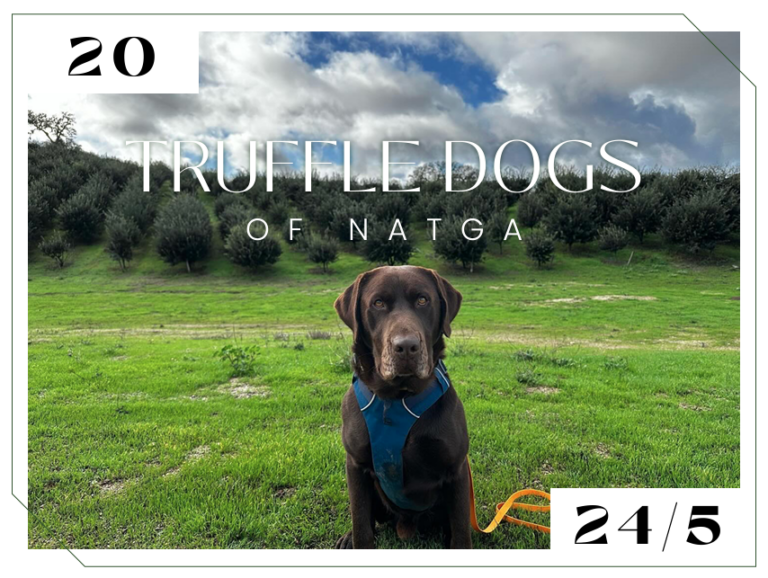North American Truffle Growers Association
Dedicated to promoting education and awareness of the truffle industry. Join our mailing list and stay abreast with news of the truffle industry and receive notices of our next events and webinars.
Join Mailing List
Next Webinars
Register nowView DetailsMay 19 1PM ESTNew Grower Experience Webinar Series:Important Factors to Consider with Orchard Planting and MaintenanceRegister nowView DetailsNovember 17th, 2025 1PM ESTTruffles 101; Orchard Establishment and Truffle AgritourismNATGA Congress
More informationReserve Room (limited)June 14-16, 20262026 NATGA Congress:
Santa Rosa, CaliforniaAbout
The North American Truffle Growers Association promotes awareness, growth, and development of the truffle industry in North America, by promoting research, setting standards, sharing information between growers, and educating the public.JoinTruffles
A truffle is the spore-bearing fruit of a fungus. The actual fungal organism is a perennial network of underground mycelium (fungal filaments dispersed in the soil). Unlike mushrooms, truffles develop entirely underground.Learn about Trufffles
Most recent webinar recordings
NATGA Annual Membership Meeting 2025
In lieu of a fall congress this year annual meeting will be a Zoom session. Join us to learn more about the progress made by the Association and decide our…
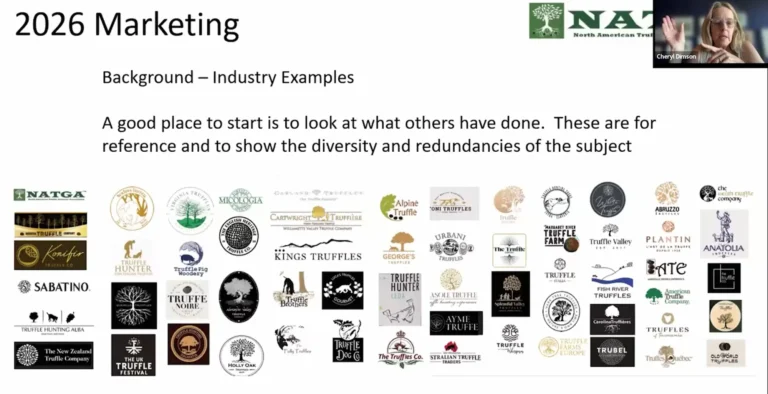
Woodrats and Truffles in the Sierra Nevada Foothills
A fascinating (and surprisingly funny) look into the dining habits of woodrats in the Sierra Nevada Foothills with Christopher Bivins, UC Merced. Webinar recorded on September 15th 2025
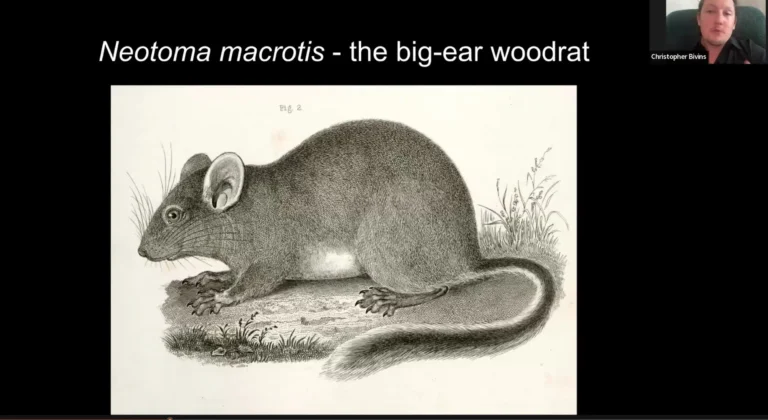
Diversity of Volatile Organic Compounds Produced by North American Truffles
We measured truffle VOCs from diverse North American truffle taxa across many truffle genera. Webinar recorded on August 18th 2025
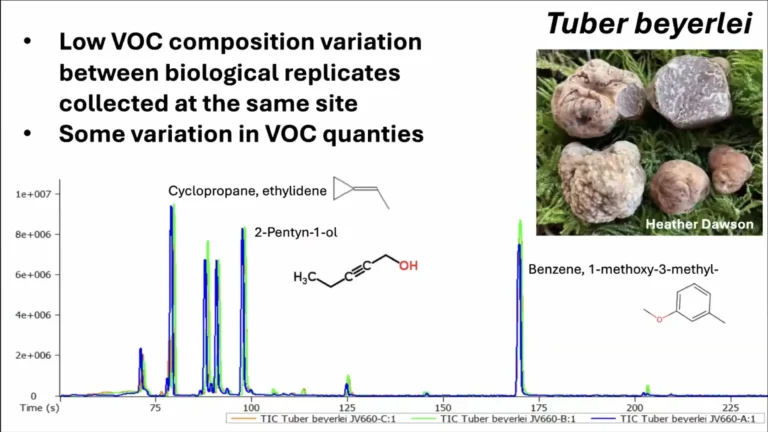
Critical Questions in Harvest Production and Marketing of Truffles
Get ready for truffle production. How will I harvest? Do I need my own dog and when? How many years before truffle production? How will I sell truffles? Webinar recorded…
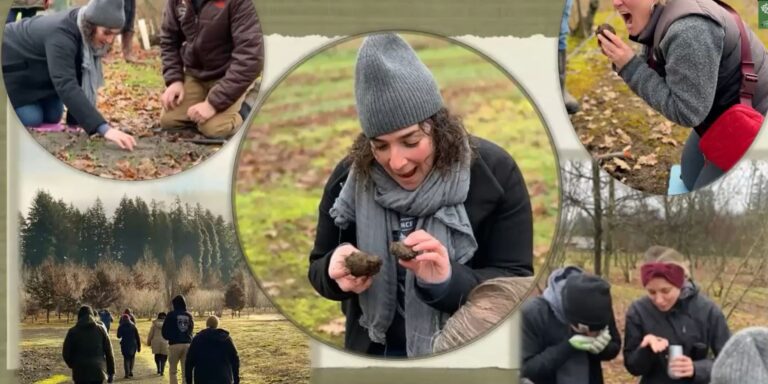
Two New Edible Tuber Species from Eastern North America: Tuber canirevelatum and Tuber cumberlandense
Description and importance of two newly identified North American truffle species: Tuber canirevelatum and Tuber cumberlandense. Webinar recorded on June 16th 2025
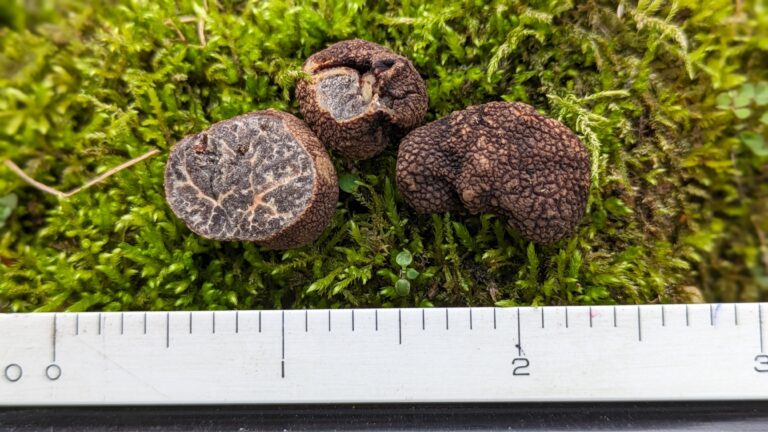
Important Factors to Consider with Orchard Planting and Maintenance
Second New Growers Experience Webinar: Truffle tree seedling quality, orchard installation, fencing, irrigation, and factors to consider prior to planting. Webinar recorded on May 19th 2025
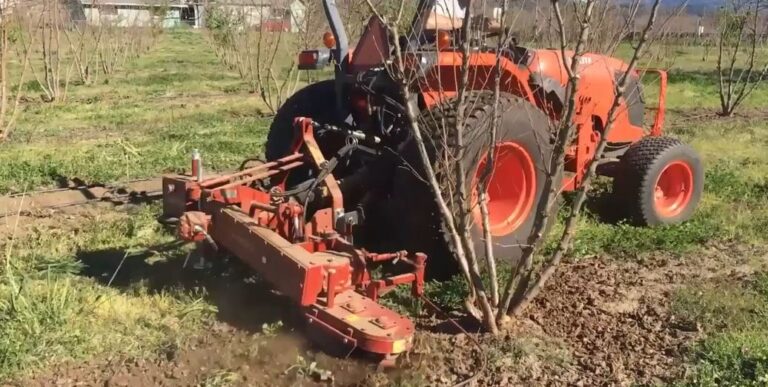
Posts/Resources you may have missed
Let’s Improve Your Truffle Farm’s Tax Situation by Alyce SJ Chapman
Presentation By Alyve Chapman, CPA for the Fall Convention of 2020
Irrigation treatments at the truffle association of the BC black truffle orchard by Becky Loverock
Study on the impact of irrigation treatments on the association of black truffle presented by Becky Loverock at the NATGA Fall Congress 2021
Truffle Dogs of NATAGA
We are so excited that our inaugural “Truffle Dogs of NATGA” calendar is here!
Order copies to share with friends and family.

